A golden age for the aural palate: The unprecedented availability of music
Music is no longer confined to a physical stereo system or storage medium; instead, it streams directly from the cloud, marking a major revolution in the industry.
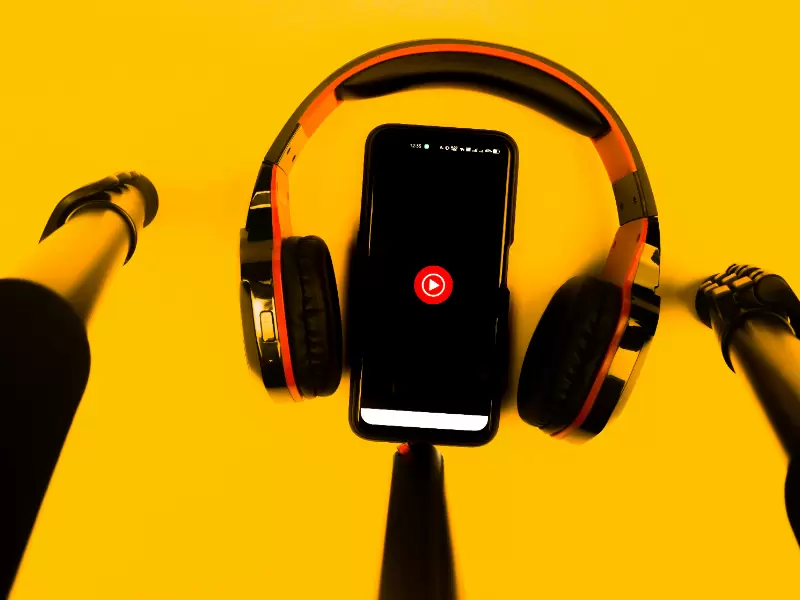 Representative image / Pexels
Representative image / Pexels
The sheer, overwhelming abundance of music at our fingertips today is nothing short of miraculous. For a nominal fee, a quick tap on Spotify or Apple Music grants access to a near-infinite library. Even more universally, a click on YouTube unveils virtually any song, symphony, or composition one could wish for. It is an aural era of unparalleled convenience, a luxury previous generations could only dream of.
For Non-Resident Indians (NRIs), in particular, the current digital landscape is a profound gift. Not long ago, the opportunity to hear live music—both Karnatic and Hindustani classical forms—was a rare event, dependent on a visiting artist making a sporadic trip. Cassette tapes offered a limited solace, a predictable and often-degrading medium that required flipping sides and was prone to the mechanical tragedy of tangling.
Cast your mind back to the 1980s. Even with its limitations, we yearned for the Indian radio. There was a simple, magical unpredictability to the programming, a delightful lack of control over what the next song—be it classical or a beloved film tune on Vividh Bharati—would be. In a strange twist of nostalgia, we even anticipated the familiar jingles and commercials.
ALSO READ: Piyush Pandey: Crafting Culture One Campaign at a Time
The shift began with the introduction of the compact disc (CD), which brought superior sound quality and, crucially, the ability to shuffle the track sequence. This era coincided with a greater influx of performing artists and concerts—a broadening spectrum that encompassed classical, Bollywood, fusion, and the exciting emergence of American-born Indian talent.
The true revolution, however, has been centered on the digital video platform. YouTube, which came into being in 2005, and which I personally began posting on around 2008, has fundamentally reshaped the way we consume music. It’s hard to pinpoint the exact moment it became the definitive source for Desi music, but today, it feels indispensable.
Today's technological infrastructure for music consumption is truly astonishing. Music is no longer confined to a physical stereo system or storage medium; instead, it streams directly from the cloud, much like the radio waves of the past. This digital access spans all screen sizes, from the private experience on a phone to an 85-inch, voice-activated smart television.
The days of cassette and CD storage, the careful handling, and the constant worry about scratches are long gone. Think of how often we bought an entire album just for one song, and never listened to the rest.
The modern listener doesn't have to endure an entire live concert, hoping the artist might eventually perform a specific raga or song. Driven by instantaneous whims, one can search for a desired musical flavor of the minute, listen on-demand, and, if it doesn't satisfy, instantly switch to another—a freedom a live concert can never provide.
This platform has not only brought us the current stars but has resurrected the ghosts of music past. Artists from yesteryear, whom a younger generation would never have otherwise heard, are now accessible. We can watch pre-Independence era movies, listen to songs from classic Hindi and other regional language films, and discover archived albums we never knew existed.
The hours of listening are unlimited. A single song can be heard in countless variations, rendered by different artists across decades. The AI-driven algorithms of these platforms add a curated, yet randomized, element, seamlessly guiding us from one track to the next.
We can fine-tune our search for any need: a lullaby for a child, concentration music for work, a celebratory piece for an occasion. The same raga or song rendered by multiple artists from various eras. Song covers. Restored recordings. Even karaoke tracks and sing along videos. The platform is also an academy, offering lectures on music theory, musicians, history, and dance. Even the yearning for the old days is satisfied, with listeners able to indulge in the Vividh Bharati nostalgia, complete with those cherished, old commercials.
Pause for a moment and reflect on this reality. Never before in human history has such a golden era of musical availability existed. It is a gift we must appreciate, a boundless library accessible to all, and a defining feature of our modern world.
ADVERTISEMENT
ADVERTISEMENT
E Paper
Video



 Dr Kanniks Kannikeswaran
Dr Kanniks Kannikeswaran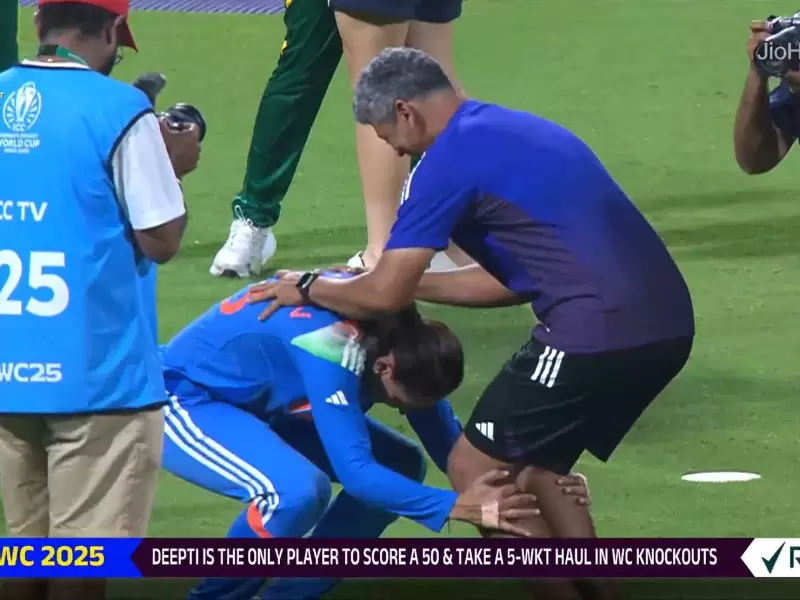

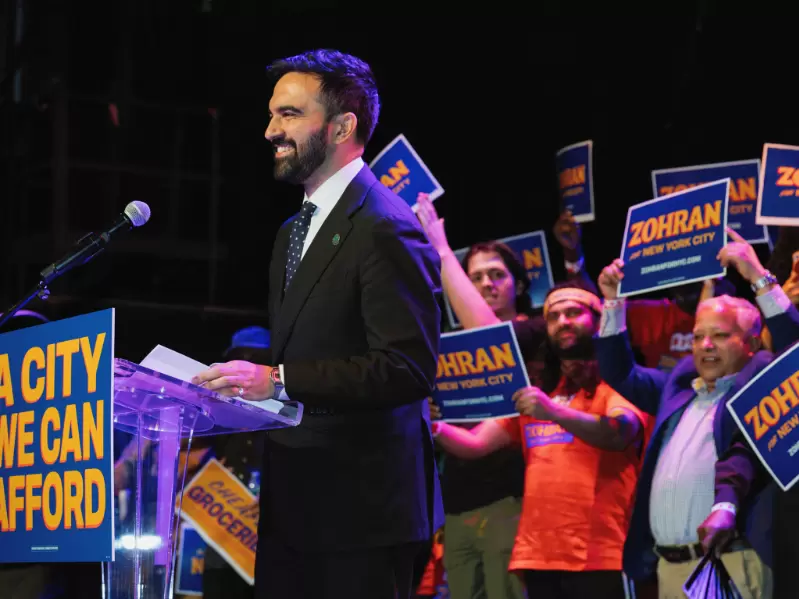
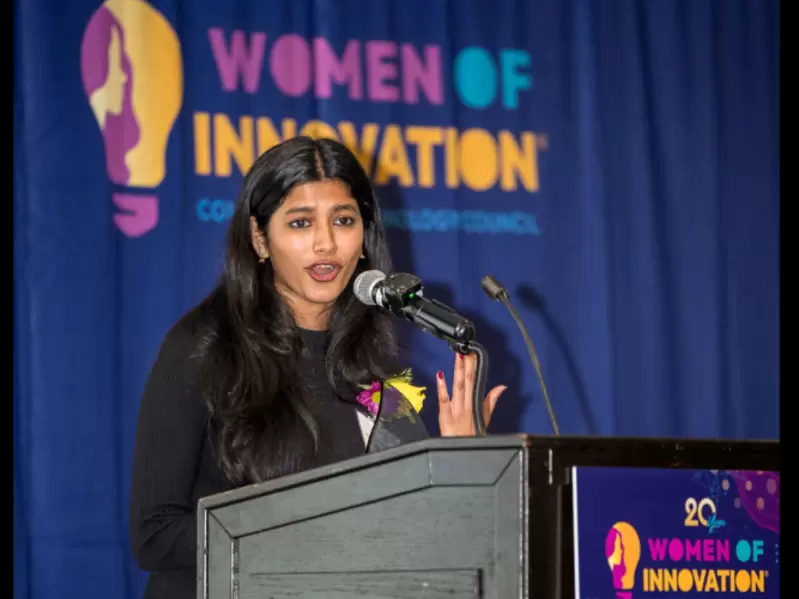

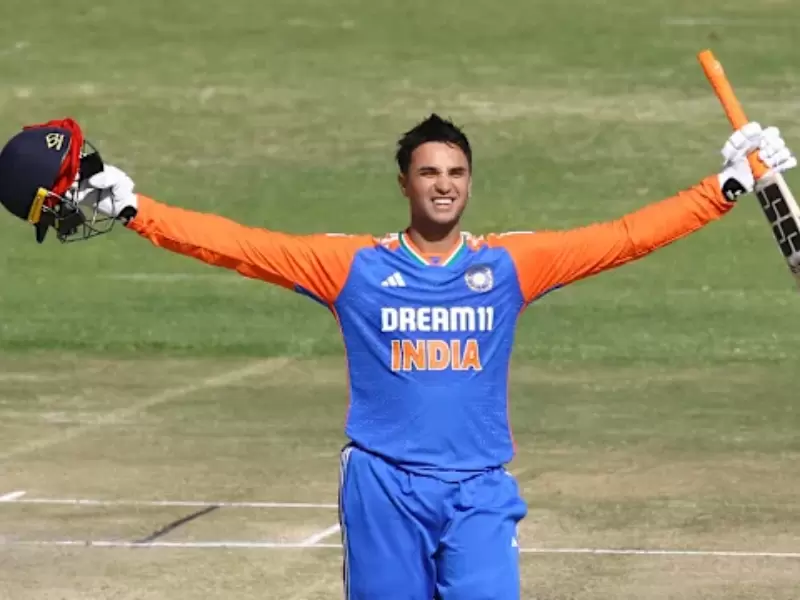




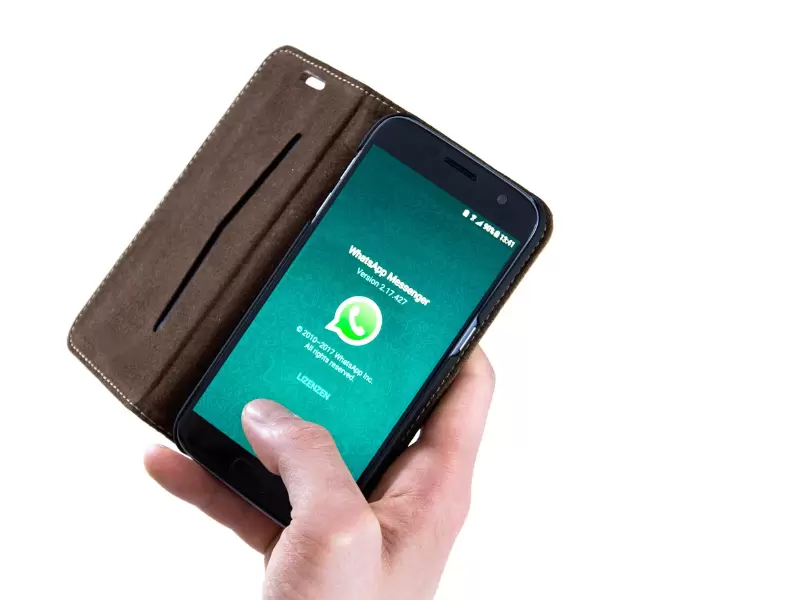

Comments
Start the conversation
Become a member of New India Abroad to start commenting.
Sign Up Now
Already have an account? Login